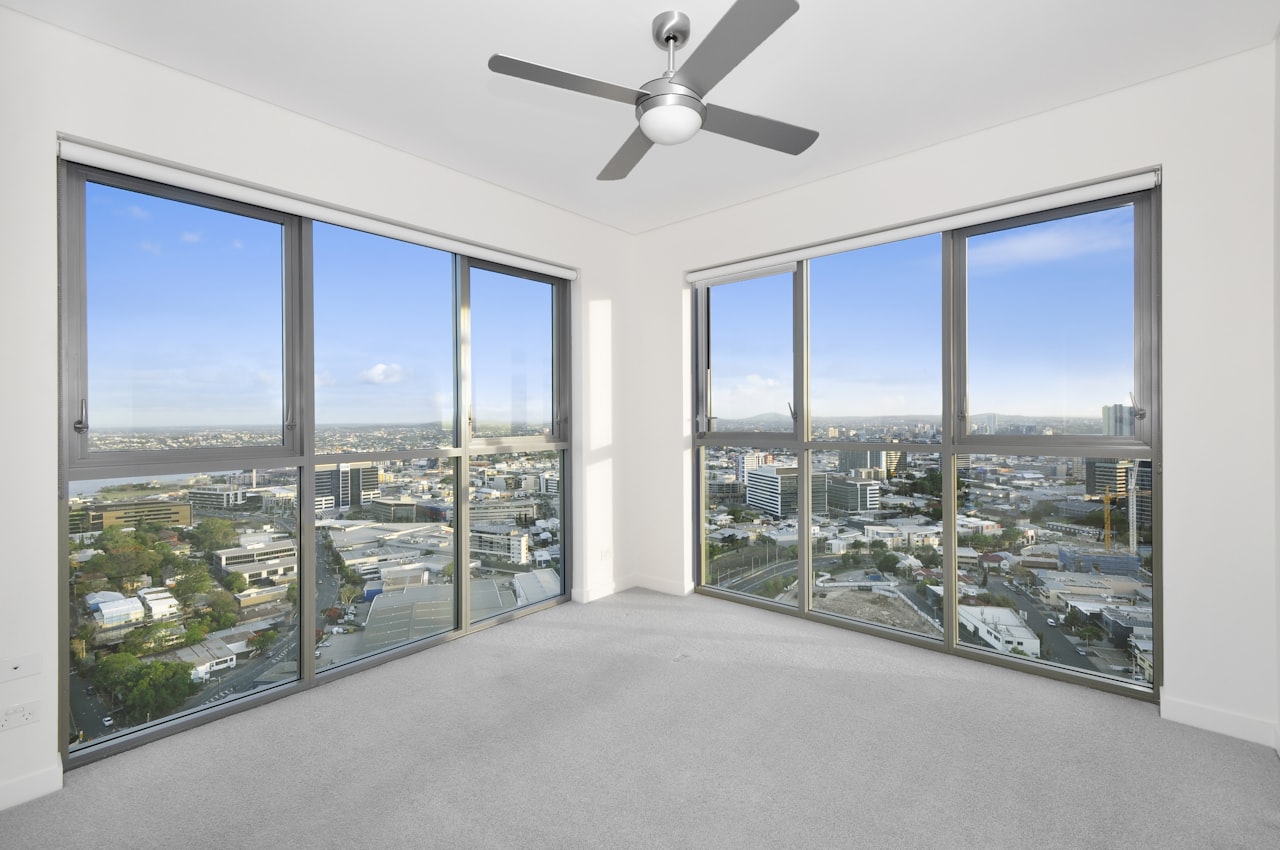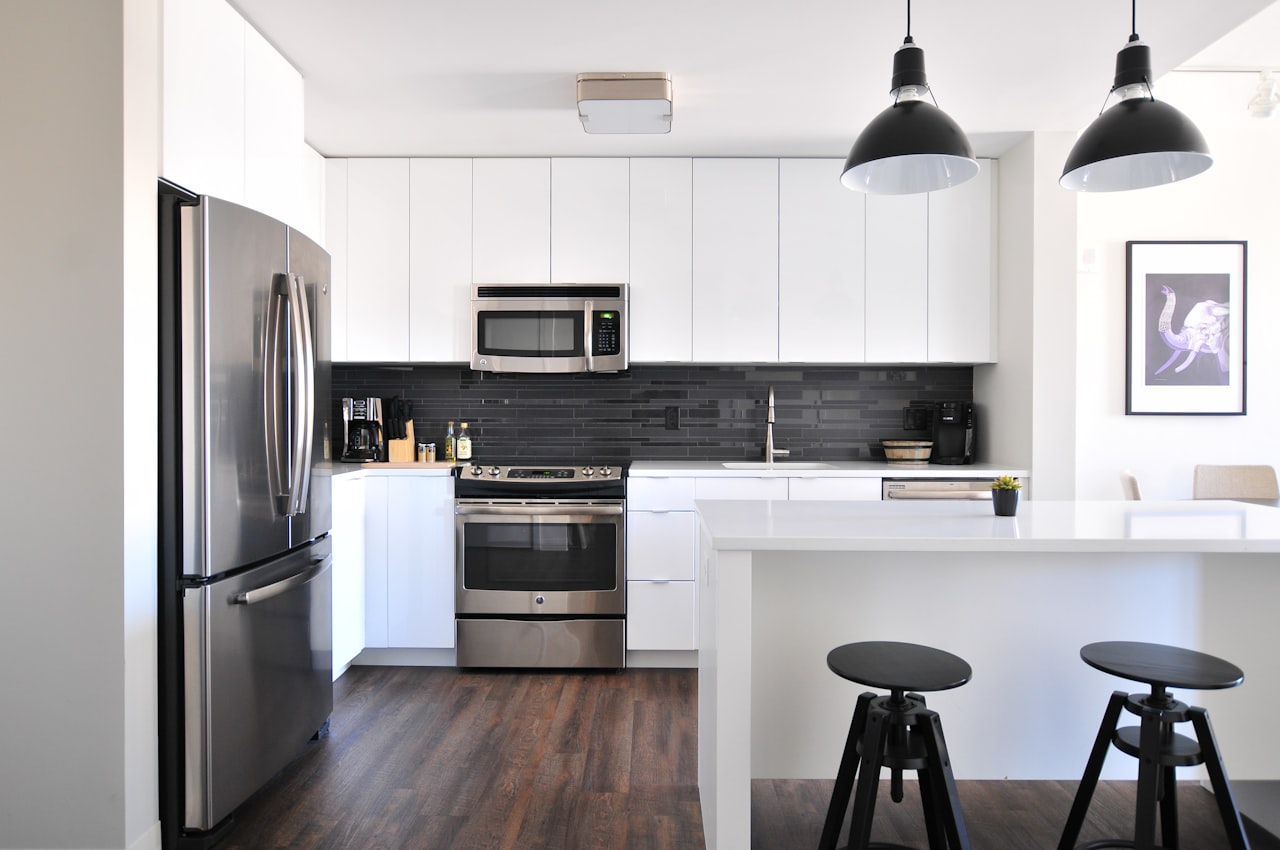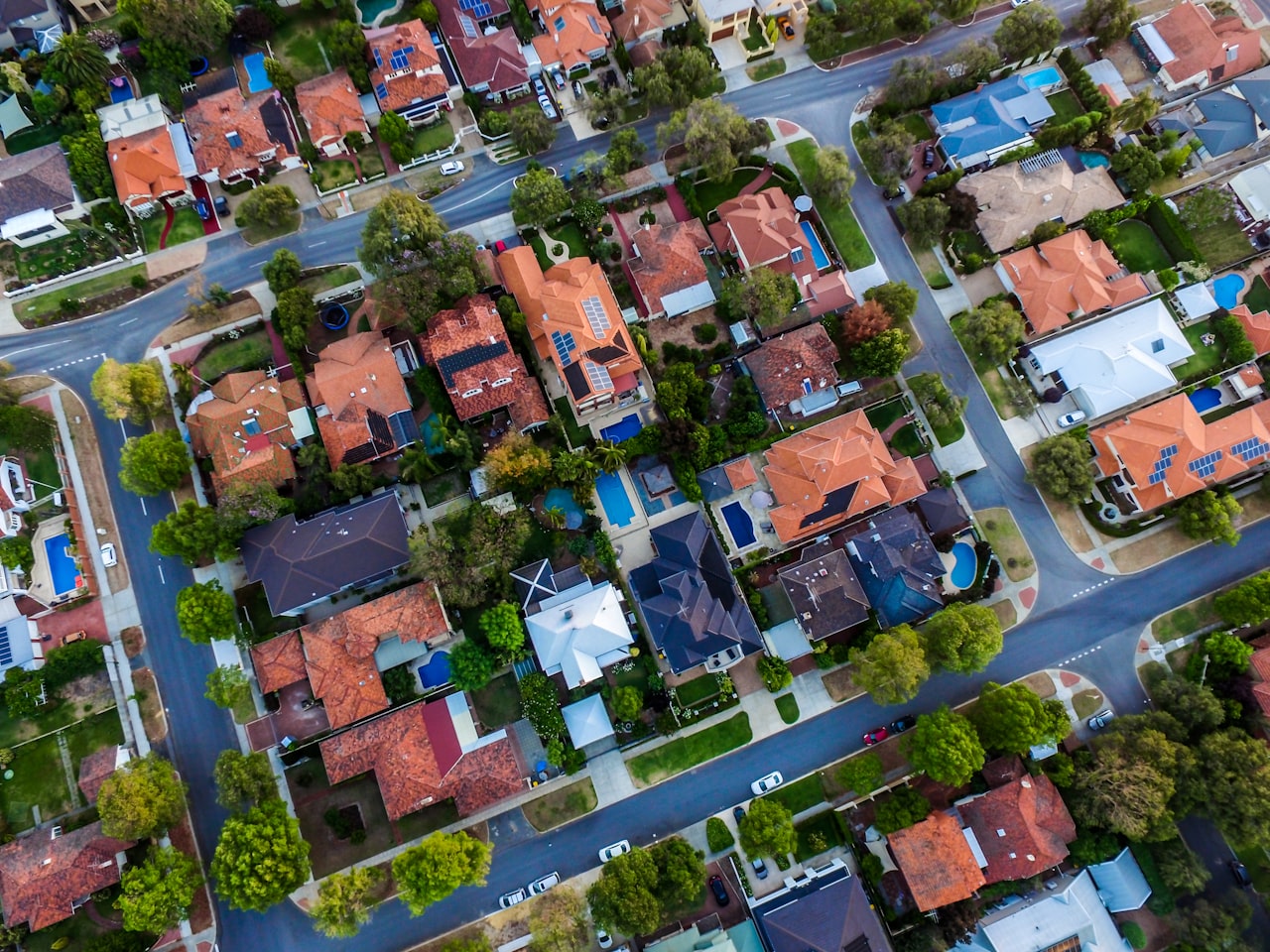2018 saw the extension of a real estate correction that started in Manhattan two years ago after several years of extreme growth. With the fluctuating equity markets and government shutdown we expect 2019 to get off to a moderate start until things start to stabilize.
MORE NEW APARTMENTS ARE COMING New York will see more than 20,000 new apartments hit the market in 2019 with the majority of these units coming in luxury towers. Based on the current absorption rate, it will take more than six years to sell all of the development in Manhattan alone, according to the New York Times. The pace of sales has already slowed down leading up to the new year, with homes asking $4 million or more taking 447 days on average to go into contract in 2018, compared to 172 days in 2013.
The roughly 20,000 units becoming available this year is about the same number as last year and down from a peak of 25,000 in 2017. However, it is still higher than 2012 to 2015 when an average of 14,000 units were finished each year and demand was outpacing supply.
The most openings will be in Brooklyn, which should see 13,272 new apartments across 421 buildings. Manhattan is next with 6,342 units in 79 buildings, followed by Queens with 6,302 units in 154 buildings, the Bronx with 2,471 units and Staten Island with 126 units.
Brand new homes cost at least 20% more than existing homes on average.
MORTGAGE RATES DROP Mortgage rates have fallen to around their lowest levels in 8 months. The average rate for a 30-year fixed mortgage fell to 4.51%, matching the lowest level since last spring, according to Freddie Mac. That rate is still higher than its level of 3.95% from a year ago but has fallen from a more-than-7-year high of nearly 5% in October.
The yield on 10-year Treasury securities, a leading guidepost for pricing mortgages, closed at 2.56% on Thursday, January 3, its lowest level since mid-January 2018. It’s fallen almost 70 basis points since its November high of 3.24% on November 8.
State and Local Taxes (SALT) Deductions The tax overhaul capped SALT deductions at $10,000 per return, and the limit applies both to single and married joint filers, but this won’t boost taxes for many filers as much as they fear. Under prior law the Alternative Minimum Tax (AMT) often eroded or erased the value of SALT deductions for taxpayers earning between about $200,000 - $500,000. The new SALT cap is likely to affect two other groups most: Those earning less than about $200,000 who took SALT deductions in the past but weren’t subject to AMT, and high earners making about $750,000+ who weren’t subject to AMT in the past and got more value for their SALT write-offs.























































































